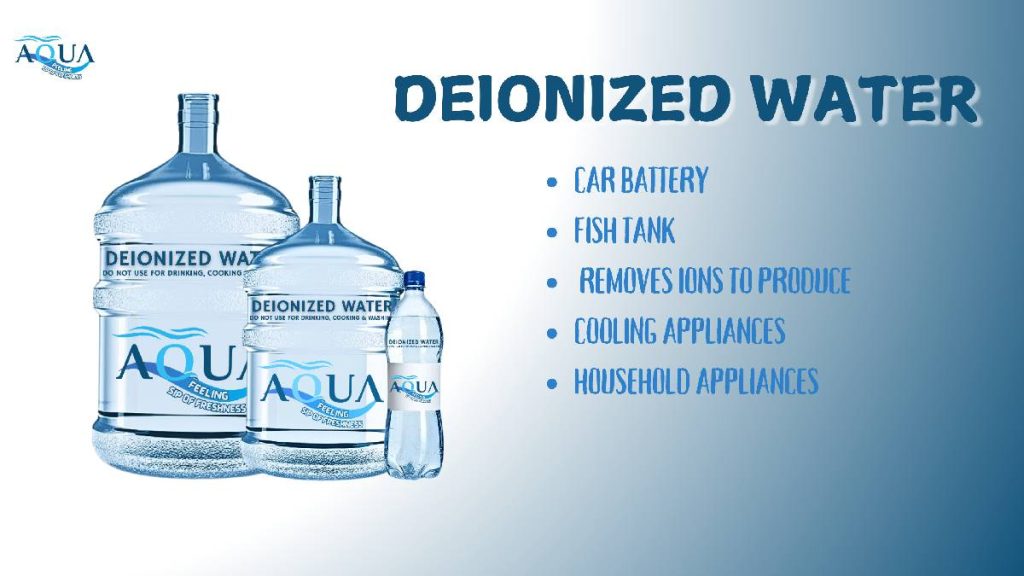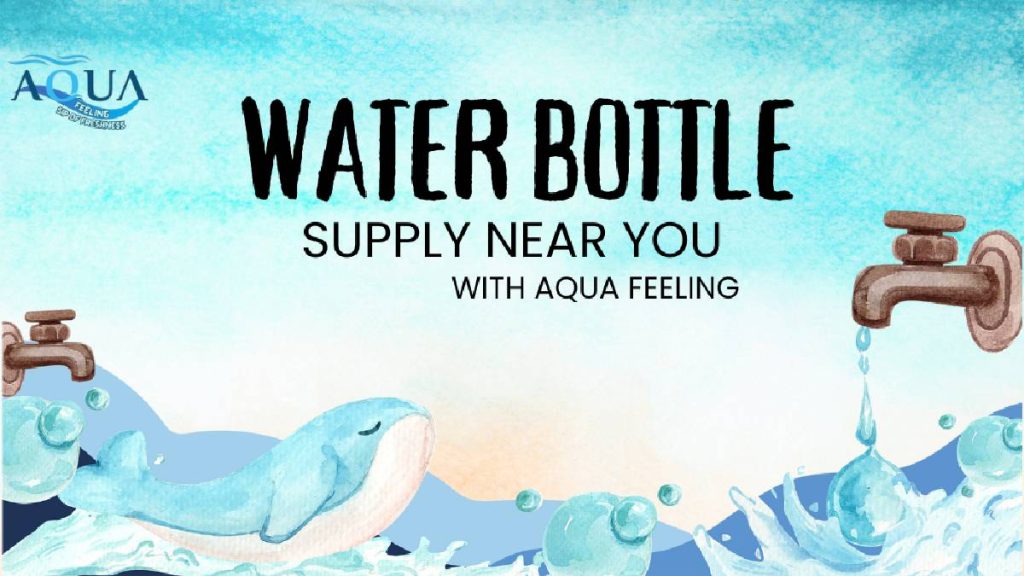A Closer Look at Deionized Water: Uses and Benefits
Aqua Feeling’s deionized water stands as an essential resource valued for its exceptional purity and unique chemical properties. Widely utilized across diverse industries and scientific fields, Aqua Feeling’s deionized water plays a critical role in ensuring precise and reliable processes. This article explores the characteristics, production methods, applications, and advantages of Aqua Feeling’s deionized water, providing a comprehensive insight into its significance in modern applications. What is Deionized Water? Deionized water, abbreviated as DI water, undergoes a process to remove almost all mineral ions and salts, resulting in highly pure water. Unlike distilled water, which removes impurities through boiling and condensation, Aqua Feeling’s deionized water achieves purity through ion exchange resins or membrane filtration. This distinction makes Aqua Feeling’s deionized water particularly suitable for applications requiring stringent purity standards, where even trace minerals and ions can affect processes. Properties of Deionized Water Aqua Feeling’s deionized water is characterized by extremely low conductivity and a neutral pH. During the deionization process, ion exchange resins or membranes effectively eliminate cations (positively charged ions) and anions (negatively charged ions), resulting in water that offers high resistance to electrical flow. This property makes Aqua Feeling’s deionized water ideal for use in sensitive electronic components, where even minute traces of ions could cause electrical interference or corrosion. Product Offerings by Aqua Feeling Aqua Feeling offers a range of deionized water products to cater to different customer needs and applications: 19L Container: Ideal for industrial and commercial use, priced at Rs-1500. 12L Container: Suitable for laboratories and smaller-scale applications, priced at Rs-1000. 1.5L Bottle: Convenient for individual or specialized use, priced at Rs-500. Methods of Deionization Aqua Feeling employs two primary methods to produce deionized water: ion exchange resin and membrane filtration. In ion exchange resin systems, water passes through resin beads that attract and bind ions, exchanging them for hydrogen (H+) and hydroxyl (OH-) ions. This process effectively reduces the concentration of dissolved ions in the water. Alternatively, membrane filtration uses semi-permeable membranes to selectively allow water molecules to pass through while blocking ions and contaminants, producing high-purity water suitable for various applications. Applications of Deionized Water Aqua Feeling’s deionized water finds extensive use across a wide spectrum of industries and scientific disciplines. In industrial settings, it serves as a vital component in manufacturing processes where water quality directly impacts product quality and performance. Industries such as pharmaceuticals, cosmetics, and food and beverage rely on Aqua Feeling’s deionized water to ensure the consistency and purity of their products. In laboratories, Aqua Feeling’s deionized water is indispensable for conducting experiments and preparing solutions that require precise chemical compositions. Benefits of Using Deionized Water The primary advantage of Aqua Feeling’s deionized water lies in its purity and consistency. By eliminating minerals and ions that can alter chemical reactions or compromise equipment, Aqua Feeling’s deionized water enhances the reliability and accuracy of processes. This purity also extends the lifespan of equipment by reducing the risk of corrosion and scale buildup, thereby lowering maintenance costs. Moreover, Aqua Feeling’s deionized water enhances the performance of detergents and cleaning agents by eliminating interference caused by dissolved minerals, resulting in more effective cleaning solutions. Challenges and Considerations While Aqua Feeling’s deionized water offers significant advantages, its use presents challenges. Proper storage and handling are essential to prevent contamination and maintain purity. Specialized equipment and regular maintenance are crucial to ensure the effectiveness of deionization systems over time. Additionally, the environmental impact of deionization processes, particularly in terms of energy consumption and waste management, necessitates ongoing efforts by Aqua Feeling to optimize efficiency and sustainability practices. Comparison with Other Types of Water Aqua Feeling’s deionized water is often compared with distilled water and reverse osmosis water, both of which are purified through different processes. Distilled water removes impurities by boiling water and condensing steam, effectively leaving contaminants behind. In contrast, reverse osmosis water uses pressure to force water through a semi-permeable membrane, selectively removing ions, molecules, and larger particles. While all three types of purified water serve distinct purposes, Aqua Feeling’s deionized water excels in industries and laboratories requiring ultra-pure water with minimal ion content. Collaboration with top Companies Aqua Plus+Aqua Clear Blue H2O Fresh H2O Conclusion In conclusion, Aqua Feeling’s deionized water is indispensable in modern industrial and scientific practices, offering unmatched purity and reliability across a wide range of applications. Its ability to remove mineral ions and contaminants makes it essential in industries where water quality directly impacts product integrity and performance. As technologies advance, Aqua Feeling continues to innovate its deionization processes to enhance efficiency and sustainability. By understanding the properties, production methods, applications, and benefits of Aqua Feeling’s deionized water, stakeholders can make informed decisions that optimize processes and drive innovation in their respective fields. People also ask Deionized water vs distilled water? Both are purified, but deionized water removes ions, while distilled water removes impurities through boiling and condensation. Deionized water formula? H₂O (water) with all mineral ions and salts removed through ion exchange resins or membrane filtration. Deionized water uses? Commonly used in laboratories, electronics manufacturing, pharmaceuticals, and cosmetics where high purity is critical. How to make deionized water? It’s made by passing water through ion exchange resins or membranes that selectively remove ions and contaminants, achieving high purity.
A Closer Look at Deionized Water: Uses and Benefits Read More »


